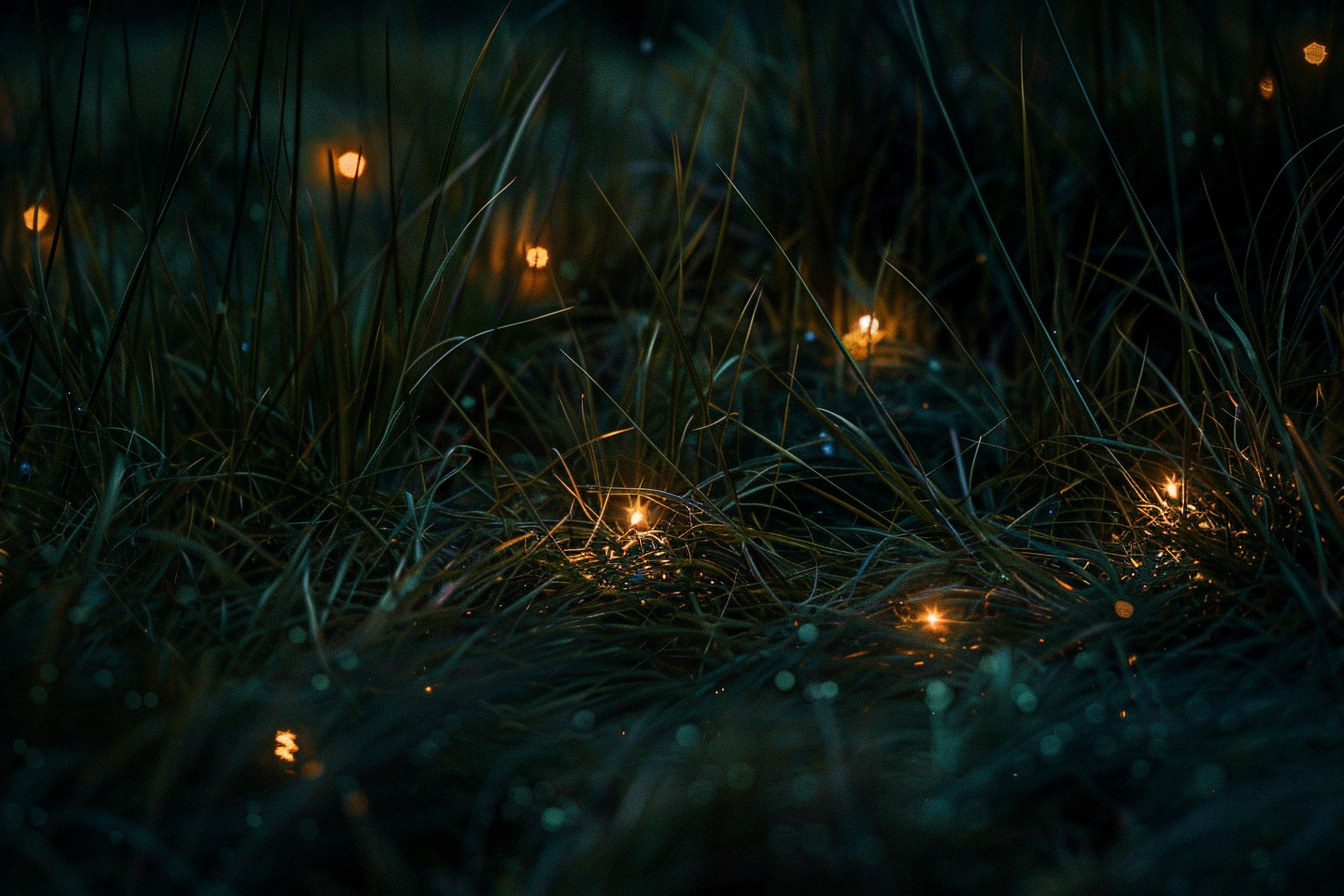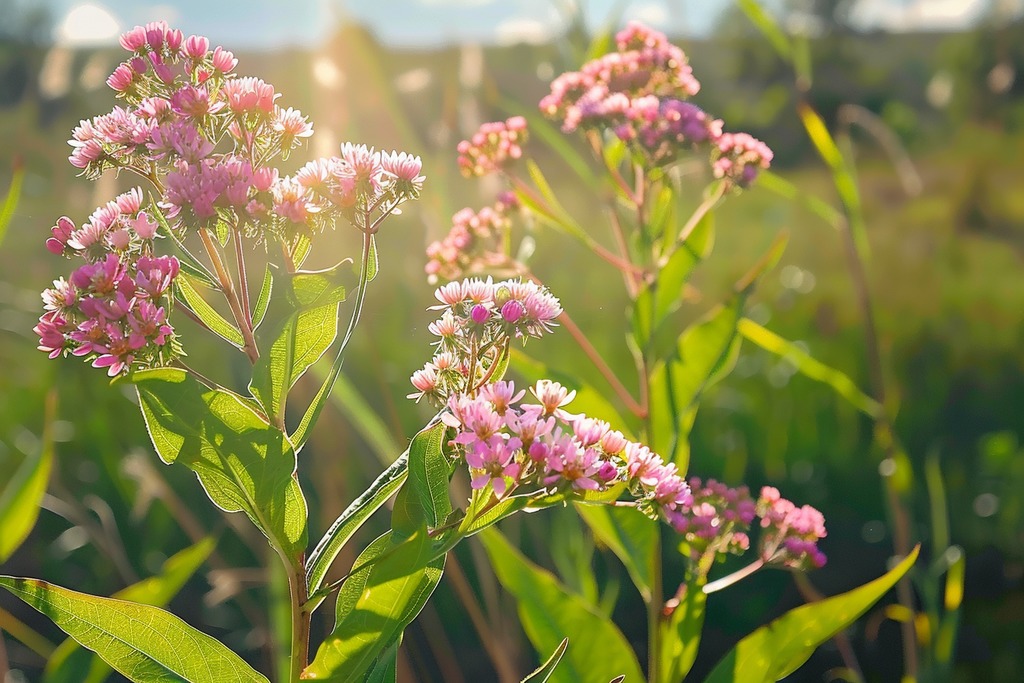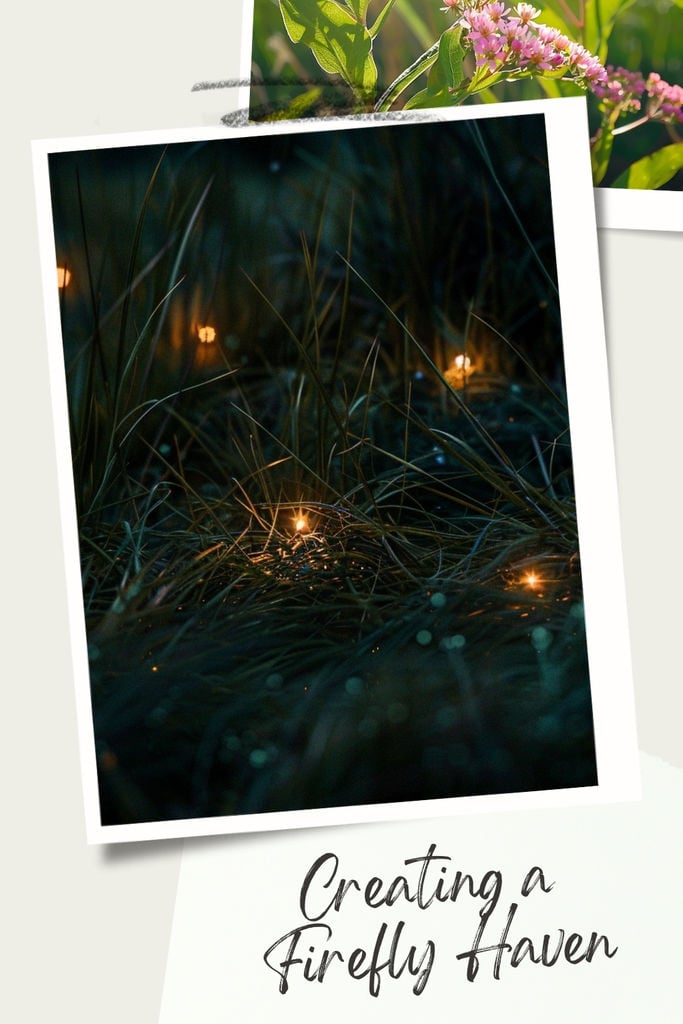Imagine stepping outside on a warm summer evening to see your garden softly illuminated by the natural glow of fireflies. Beyond their enchanting light, fireflies can help create a more biodiverse and balanced garden ecosystem. But how do you attract these luminous creatures and encourage them to stay? This post will explore the fascinating world of fireflies, discuss their mating rituals, and provide step-by-step instructions on creating the perfect firefly habitat right in your backyard.
Please note: The Cameron Team has not been paid or received any other compensation to include any of the products featured on this post, but the author has included affiliate links and content. If you click on a link, they may earn a commission – a high-five for great content!
A Glimpse into the Glowing World of Fireflies
Fireflies, also known as lightning bugs, are not actually flies but beetles. Belonging to the family Lampyridae, these beetles are famous for their remarkable ability to produce light. This phenomenon, known as bioluminescence, occurs when chemical reactions within their bodies produce light without heat. Fireflies use this light to attract mates and communicate, creating one of nature’s most magical displays.
How Fireflies Mate: A Light Show of Love
The light patterns flashed by fireflies are not just beautiful; they’re also a complex language of love. Each species has its unique sequence of flashes that serves as an attraction signal to potential mates. Males fly around emitting patterns, while females, often perched on vegetation, respond with their own flashes. This bioluminescent courtship ensures that they attract mates of the same species, vital for their reproduction.
Creating the Ideal Firefly Environment
To attract fireflies, you’ll need to create a welcoming environment that caters to their life cycle and natural preferences:
- Maintain a Moist Habitat: Fireflies thrive in moist environments. They lay their eggs in the ground, and the larvae require a moist habitat to survive. Consider adding a water feature or maintaining a small garden pond to keep the area humid.
- Let Your Grass Grow: Fireflies love long grass. Tall grasses not only provide shelter but also a place for fireflies to mate and lay eggs. Allowing a section of your lawn to grow a bit wild can create a perfect habitat.
- Plant Native Trees and Shrubs: When it comes to your home’s landscaping, incorporating native plants that help create the shady, moist environment fireflies adore can be of great benefit. If you live in coastal plains of North Carolina, see our list below. If you live elsewhere, check with the local branch of your state’s extension gardener or master gardener association.
- Avoid Pesticides: Chemicals can kill firefly larvae. Opt for natural pest control methods and avoid chemical pesticides to ensure a safe habitat for fireflies. If your county sprays for mosquitos, you can request to be excluded (here’s the site for New Hanover County).
- Provide Plenty of Mulch: Leaf litter and wood chips offer ideal places for firefly larvae to feed and grow. These materials also help maintain soil moisture.
Plants That Attract Fireflies
Creating a firefly-friendly garden in the coastal plains of North Carolina means selecting plants that thrive in this specific environment. Native plants are especially beneficial because they are adapted to the local climate and soil conditions, require less maintenance, and support local wildlife, including fireflies. Here’s a list of native plants that can help attract and support fireflies in this region:
- Swamp Milkweed (Asclepias incarnata): Ideal for moist areas, swamp milkweed not only attracts fireflies but also supports monarch butterflies. It’s a win-win for biodiversity.
- Joe-Pye Weed (Eutrochium purpureum): This tall, striking plant thrives in moist areas and its flowers attract a variety of pollinators, creating a buzzing ecosystem that can be beneficial for firefly larvae.
- Buttonbush (Cephalanthus occidentalis): Thriving in wet conditions, buttonbush is a shrub that provides excellent cover and breeding grounds for fireflies.
- Wild Bergamot (Monarda fistulosa): Known for its fragrant leaves and flowers, wild bergamot is a magnet for pollinators and helps create a lively environment where fireflies can thrive.
- Southern Wax Myrtle (Myrica cerifera): This evergreen shrub tolerates a range of soil conditions and provides dense foliage that offers great shelter for fireflies.
- Seashore Mallow (Kosteletzkya virginica): Suitable for wetlands and moist areas, this plant supports the moist environment that firefly larvae need to thrive.
- River Oats (Chasmanthium latifolium): A type of native grass, river oats can provide cover and contribute to the organic debris needed for larvae development.
- Ferns: Ferns provide great ground cover and maintain moisture, creating a hospitable environment for fireflies.
- Cinnamon Fern (Osmundastrum cinnamomeum): Named for its cinnamon-colored spore-bearing fronds, this fern thrives in moist, boggy areas. It’s quite striking and can add a lush, prehistoric look to your garden.
- Royal Fern (Osmunda regalis): Royal ferns prefer wetland areas and have large, light green fronds that can add a regal touch to the landscape. They are quite tolerant of wet conditions, making them perfect for gardens near water sources.
- Southern Maidenhair Fern (Adiantum capillus-veneris): This delicate fern prefers shady, moist spots and has small, fan-shaped segments. Its fine texture makes it an excellent choice for a woodland garden or a shaded garden border.
- Christmas Fern (Polystichum acrostichoides): This evergreen fern is adaptable and can grow in drier, shadier areas, making it a versatile addition to any garden. It gets its name because the fronds stay green through the winter holidays.
- Wood Fern (Dryopteris spp.): There are several species of wood ferns native to North Carolina, such as Dryopteris carthusiana (spinulose wood fern) and Dryopteris marginalis (marginal wood fern). These ferns are robust and adaptable, suitable for a variety of shady locations.
- Netted Chain Fern (Woodwardia areolata): This fern likes moist, acidic soils in shaded areas. It features broad fronds and a somewhat coarse texture, making it a standout in any fern collection.
- Wildflowers: Native wildflowers support a healthy ecosystem, attracting insects that serve as food for fireflies.
More information on planting native species in Coastal North Carolina.
Conclusion: Becoming a Firefly Guardian
By creating a firefly-friendly garden, you’re not just setting the stage for a spectacular natural light show; you’re also contributing to the conservation of these magical beetles. Fireflies face threats from habitat loss and light pollution. By optimizing your backyard to support them, you’re taking a small but significant step towards protecting these creatures and the magic they bring to warm summer nights.
Ready to transform your garden into a haven for fireflies? Start by evaluating your current garden setup, consider the tips provided, and make adjustments where necessary. The rewards—a garden alive with the twinkling lights of nature’s own—are truly worth the effort.
FAQs about Creating a Firefly Habitat
Q: How long does it take to attract fireflies? A: It can vary, but you might see fireflies within the first season if your garden meets their needs effectively.
Q: Are fireflies beneficial to my garden? A: Absolutely! Fireflies help control pests like snails and slugs and add to the overall health of your garden’s ecosystem.
Q: Can I attract fireflies if I live in a dry area? A: While more challenging, maintaining moist areas in your garden, like mulched flower beds or shady areas, can help attract fireflies even in dryer climates.
Additional Information
We recommend watching this video from Native Plant Channel for more information on creating a firefly habitat.







